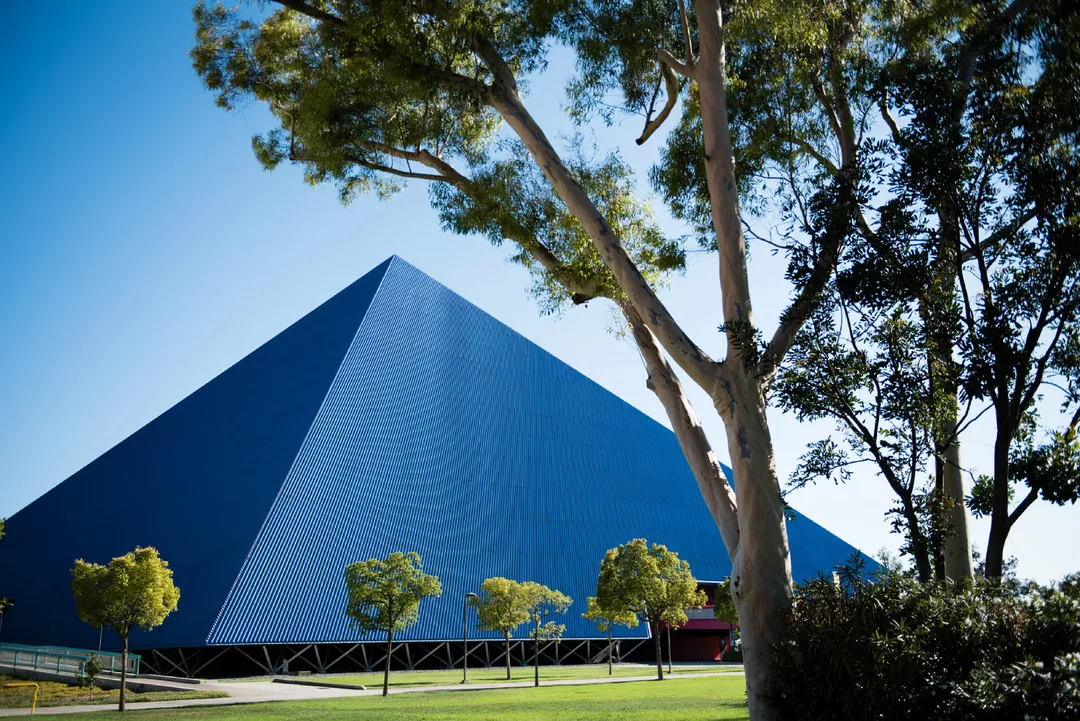-
hello@abroadcube.com
Mail us
-
Call For Help:
98779 83783
-
Whatsapp Us
70090 34921
The Master of Urban Planning provides a broad-based education in urban planning, especially as it is practiced in the State of California, where a wide range of state laws and mandates have created a planning environment that is distinct from its practice in much of the rest of the United States. The degree’s curriculum is thoroughly grounded in the academic and applied dimensions of the profession. Classroom experience emphasizes key theoretical aspects of urban planning, while practical exercises and field experiences address how planning problems are addressed at the local and regional level. The 36-credit-unit master’s degree in urban planning is designed to be completed in two calendar years. The degree program is cohort driven with new class cohorts beginning each year in the Fall semester. Once a cohort starts, no other student will be accepted into the cohort. This degree is designed especially to serve the needs of working students and professionals. Classes are scheduled for evenings and Saturdays and are scheduled sequentially over the course of the 2-year program. It is intended that the students receive as much exposure to different professional planning environments as possible through field experiences and assignments in the Los Angeles metropolitan area.
| Level | Masters |
| Discipline | Arts and Humanities |
| Duration | 24 months |
| Intakes | Jan, Sep |
| Application Fees | USD 70 |
| Tuition Fees | USD 15626 |
| Campus | Northridge |
| Language proficiency (minimum) | |
| IELTS | 6.5 |
|---|---|
| TOEFL | 79 |
| PTE | 58 |
| Duolingo | 105 |
| Exam proficiency (minimum) | |
| SAT | Not Required / Waiver |
|---|---|
| ACT | Not Required / Waiver |
| GRE | Not Required / Waiver |
| GMAT | Not Required / Waiver |
Minimum GPA - 63%
QS Quacquarelli Symonds is the world’s leading provider of services, analytics, and insight to the global higher education sector, whose mission is to enable motivated people anywhere in the world to fulfil their potential through educational achievement, international mobility, and career development.
THE (Times Higher Education) has been providing trusted performance data on universities for students and their families, academics, university leaders, governments and industry, since 2004. We create university rankings to assess university performance on the global stage and to provide a resource for readers to understand the different missions and successes of higher education institutions.
The Academic Ranking of World Universities (ARWU) was first published in June 2003 by the Center for World-Class Universities (CWCU), Graduate School of Education (formerly the Institute of Higher Education) of Shanghai Jiao Tong University, China, and updated on an annual basis
The "Webometrics Ranking of World Universities" is an initiative of the Cybermetrics Lab, a research group belonging to the Consejo Superior de Investigaciones Científicas (CSIC), the largest public research body in Spain. CSIC is among the first basic research organizations in Europe. The CSIC consisted in 2006 of 126 centers and institutes distributed throughout Spain.



